Trigger change! Innovative agriculture solutions for land restoration
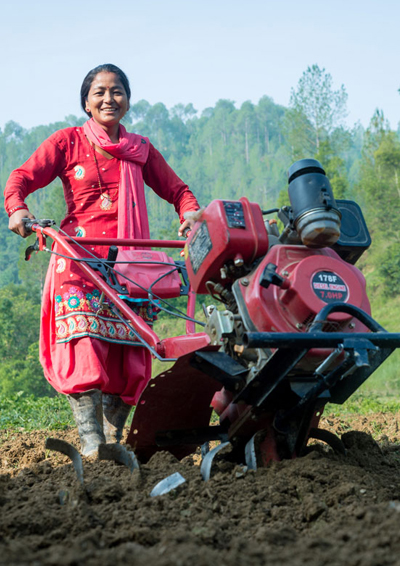
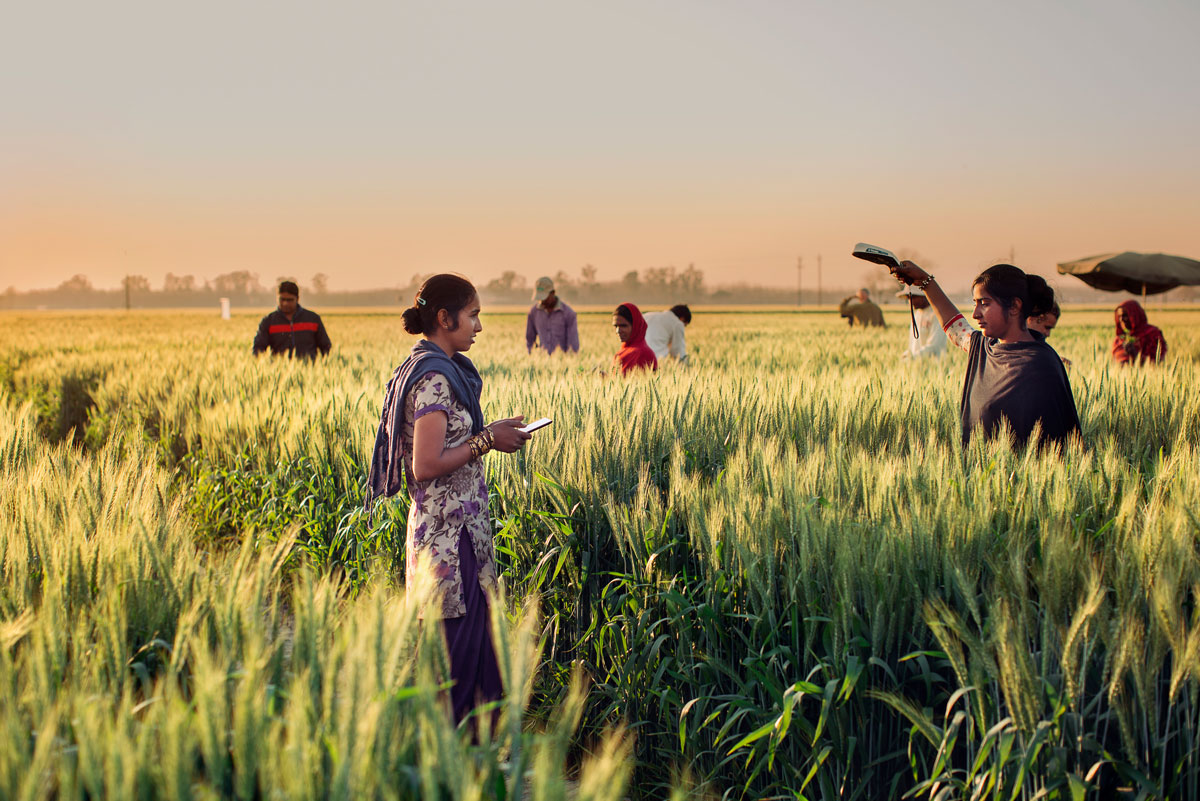
Trigger change! Innovative agriculture solutions for land restoration is the title of a new course, which was designed over six months by a team of University professors and sustainable agriculture and land restoration experts from around the world.
In November 2020, G20 Leaders’ Declaration set the ambitious target of reducing land degradation by 50 per cent by 2040 and established the Global Initiative on Reducing Land Degradation and Enhancing Conservation of Terrestrial Habitats. The course is one of the Initiative’s efforts to build capacity and empower future land stewards to contribute to sustainable development.
It is expected to be available from April 2024 and is intended for University students worldwide taking agriculture courses. It focuses on sustainable agriculture and innovation as vehicles to reach one million trainees in 20 years to empower a new generation of innovators in sustainable agriculture for land restoration.
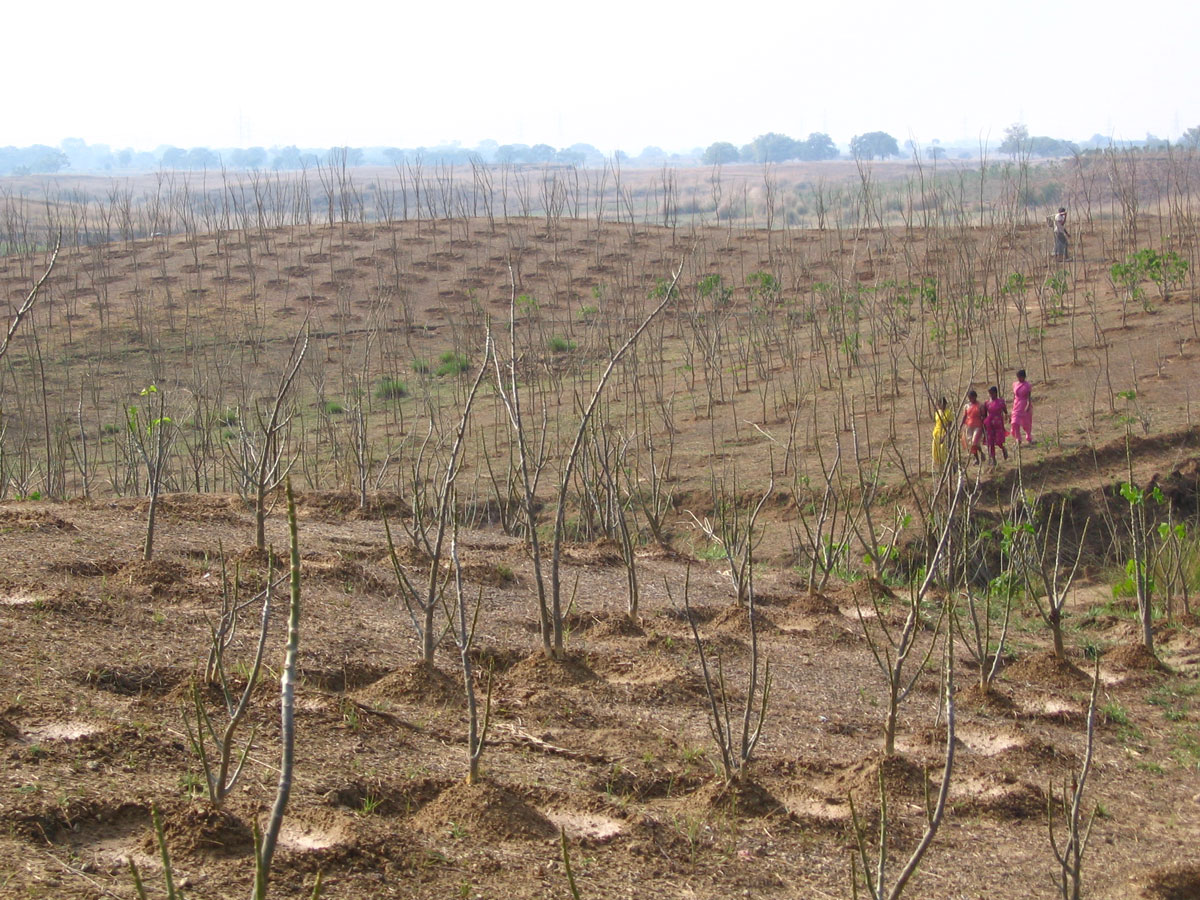
Course Details
Course Characteristics
The Trigger change! Innovative agriculture solutions for land restoration course comprises five modules distributed over 48 hours of in-class teaching of specific aspects of sustainable agriculture and land management.
-All-inclusive
The course is not limited to lectures. It includes case studies for students to reflect on their learning, interactive discussion for students to engage with the course material, exercises for students to apply evaluation methods and assignments to assess students’ progress.
-Modular
The course is designed to be flexible and modular. Lecturers will have the liberty to take on the entire course modules or parts of it to integrate into existing programs.
Course modules include
1. Land, landscapes and society
Introduces the core concepts of land restoration, looking into landscapes, good practices, trends in land degradation and historical perspectives
2. Agricultural Approaches to Sustainable Land Management (SLM) for Land Restoration
Explains the role of SLM in sustainable agriculture and how these contribute to land restoration
3. Tools and technologies for land restoration assessment and monitoring
Describes the various tools and technologies for SLM and land restoration by applying data analysis to specific cases
4. Decision making tools and enabling factors for land restoration
Articulates economic and social rationales for land restoration and applies tools, such as social and cost-benefit analyses for decision-making to enable land restoration
5. Catalyst for Innovation
Reflects on SLM for land restoration as an agricultural innovation and co-designs inclusive and scalable innovations for agriculture and land restoration.
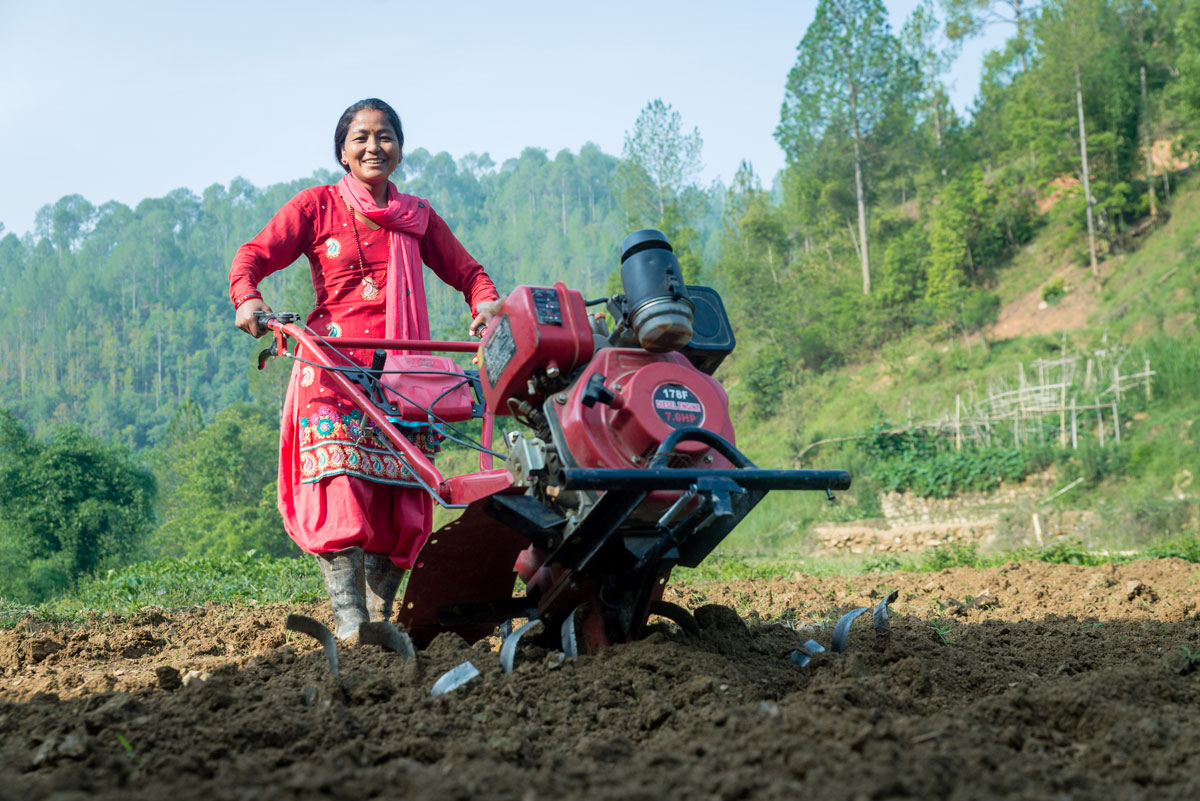
Partners
Institutions that have taken on a large role in co-developing the course include:
- CIFOR-ICRAF & Global Landscapes Forum
- Center for Development and Environment and WOCAT, University of Berne, Switzerland
- TH Köln, Cologne University of Applied Sciences, Germany
- Azim Premji University, India

Contributing partners include:
- Wageningen University and Research, Netherlands
- University of Cape Coast, Ghana
- Universidad de Cuenca, Ecuador
- Universitas Gadjah Mada, Indonesia
- German-Jordanian University, Jordan
- Agricultural University of Ibadan, Nigeria
- University of Lilongwe, Malawi
- Centre for Applied Systems Analysis, Malawi
- Univerza v Ljubljani, Slovenia
- University of Antananarivo and LLandev, Madagascar
- Food and Agriculture Organisation of the United Nations/ United Nations Decade for Ecosystem Restoration
- United Nations Environment Programme
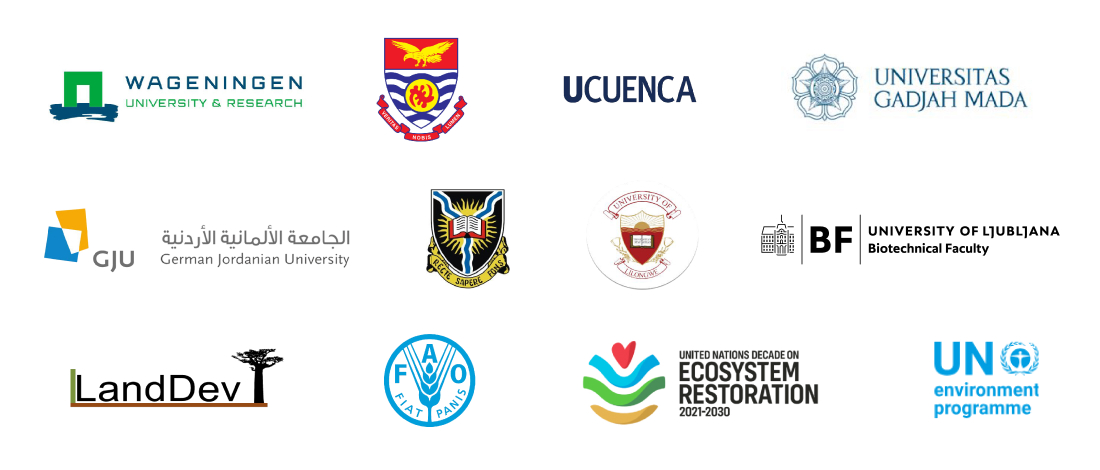
SAVE THE DATE: Q1 2024 – Course Release
For more information and to receive updates

Please Contact
Dr. Karen Sudmeier-Rieux
Capacity-building expert, G20 Global Initiative on Land